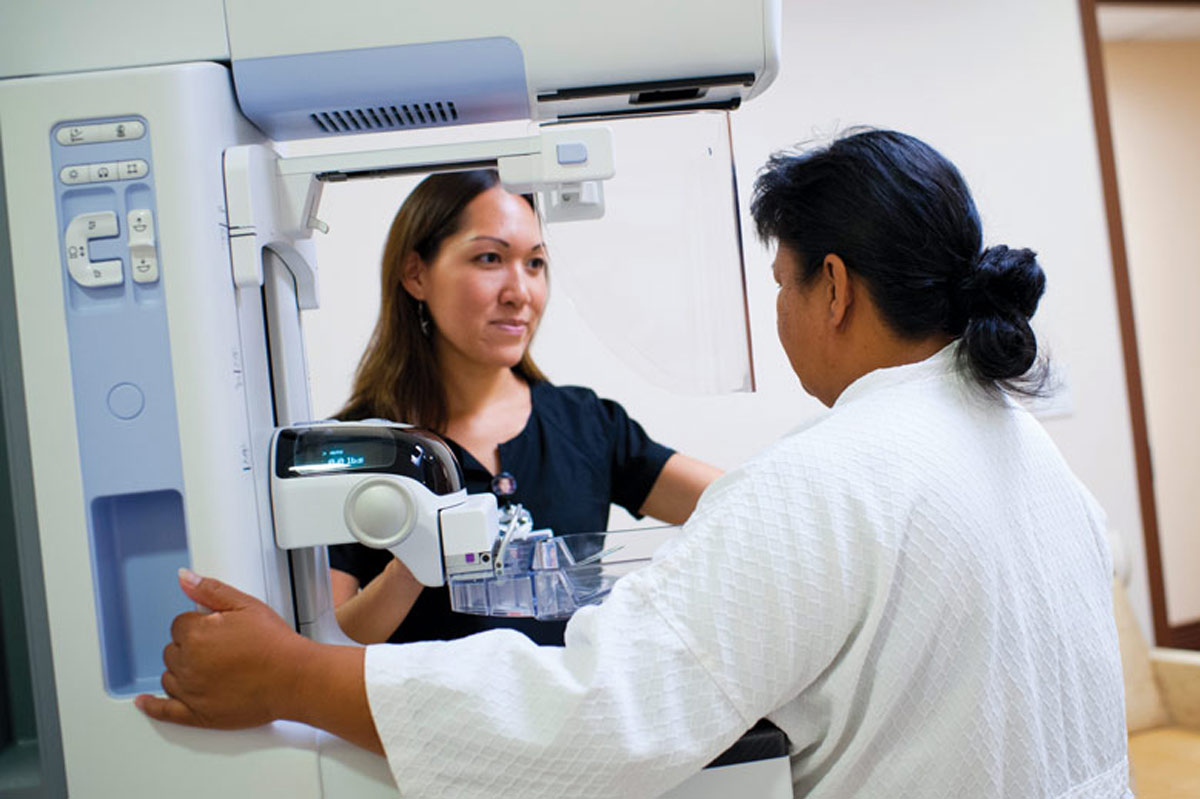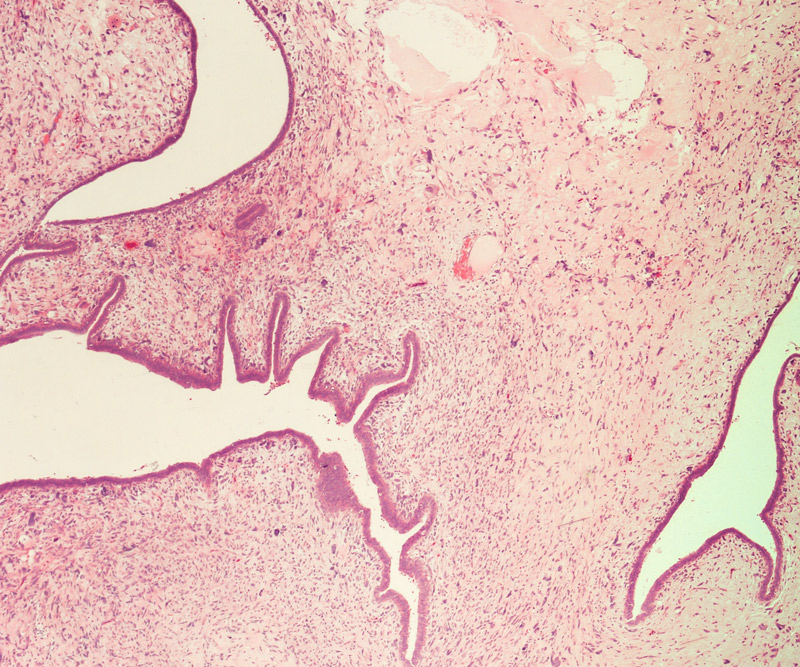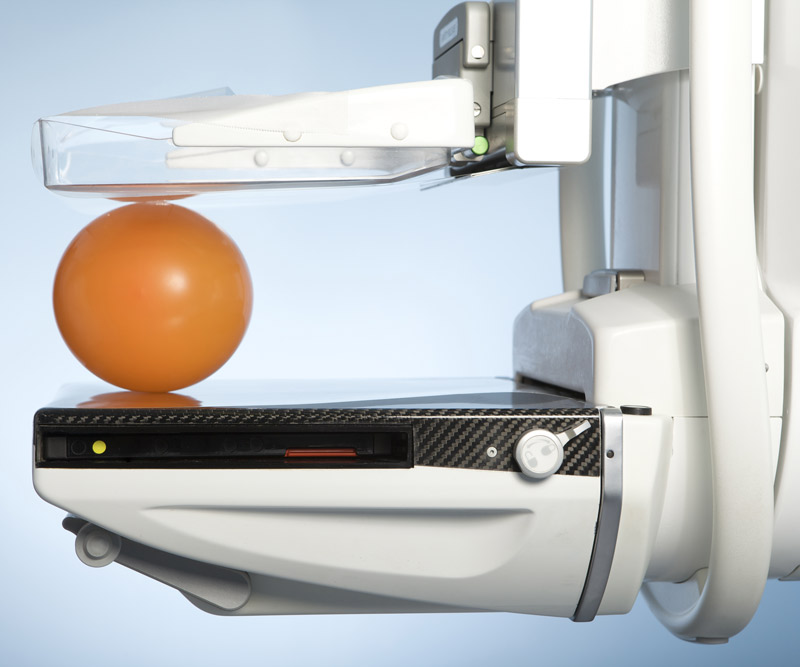
Mammograms, Annual Screening Remain a Woman’s Best Defense in the Fight Against Breast Cancer
Breast cancer is second only to lung cancer as the leading cause of cancer-related death among women in the United States.
Though some women are at a higher risk than others for developing breast cancer, the majority of women who get breast cancer don’t fall into specific high-risk categories.
“Most breast cancers happen spontaneously, meaning that there is no family history. Even if women don’t have a personally elevated risk of breast cancer, they are still at risk,” says Dr. James Sheperd, a diagnostic radiologist at Straub Medical Center.
According to Sheperd, a woman’s chances of developing breast cancer increases with age.
“Every time cells replicate there can be errors, and they can accumulate with age and eventually result in cancer,” Sheperd explains. “Another reason for having a higher risk is that there is often a lag time from when the cancer actually starts and we can detect it. In fast growing cancers, this may be months; in more-common, slower-growing cancers, this could be years.”
The chances of developing breast cancer also may be higher for those who:
- Had breast cancer in the past.
- Began menstruating before age 12.
- Have one or more close relatives – a mother, sister or daughter – who had breast cancer, especially if she was diagnosed before age 40.
- Are physically inactive.
- Have a breast condition linked to cancer, such as atypical hyperplasia.
- Went through menopause after age 55.
- Are obese after menopause.
- Have tested positive for mutations in breast cancer genes, such as BRCA1 or BRCA2
The good news is that the odds against breast cancer are improving every day, and one of the best ways to stay healthy is by getting an annual mammogram.
“It is important to begin screening at age 40 and to continue annually until a patient’s life expectancy is five years or less,” Sheperd says. “Breast cancer screening, with mammography, has been proven to save lives. For women at high risk, it is especially important to have an annual screening.”
There also are things you can do in your everyday life to help increase your chances of preventing breast cancer:
- Cut down or quit drinking alcohol. Women who drink about two to five alcoholic drinks a day run a 41 percent greater risk of developing breast cancer than nondrinkers. Even light drinking – having one drink a day – carries a 9% increased risk.
- Manage your weight. Evidence suggests that postmenopausal women who gained 11-22 pounds after age 18 may have an 18% higher risk of developing breast cancer than women who only gained 4-5 pounds.
- Eat foods that can counter the effects of estrogen. Experts believe that high estrogen levels fuel breast cancer. Women may be able to decrease the cancerous effects of estrogen by eating a diet rich in soy products, monounsaturated fats (avocados, nuts, seeds, olive oil) and cruciferous vegetables (broccoli or kale).
- Talk with your doctor about screenings. Women should talk with their primary care physician about their personal risk factors and what screenings are right for them.
- Consider drug therapy if breast cancer risk is very high. Women who face a very high risk of breast cancer may want to discuss drug therapy with their PCP or see if a referral to a High Risk Breast Program is right for them.
“For women with high risk and dense breasts, a screening breast MRI is also recommended, in addition to mammography,” Sheperd says.
Patients with dense breast tissue also should consider having an additional imaging test known as tomosynthesis.
“Tomosynthesis, or a 3D mammogram, decreases false positive or callback rates by 15% to 17%, and increases the accuracy for detecting breast cancer by 25%,” says Dr. Kryss Kojima, a radiologist at Straub.
“The additional use of breast tomosynthesis has been shown to increase the rates of detection of breast cancer and decrease the false positives in women of all densities,” Sheperd adds. “This is still relatively new and is especially useful in women with dense breasts, and I think once there is enough data, tomosynthesis will be shown to save even more lives and reduce unneeded procedures.”
Start reducing your risk factors today by making an appointment to talk with your doctor about what breast cancer screening is right for you.
Published on: October 2, 2015




